Anyone who's ever tried to start their car in sub-zero temperatures knows that cold is no friend of the motorist.
Most of us have at least experienced battery problems in the winter, but there are a host of other ways that cold weather can affect your car over the short, medium and long-term.
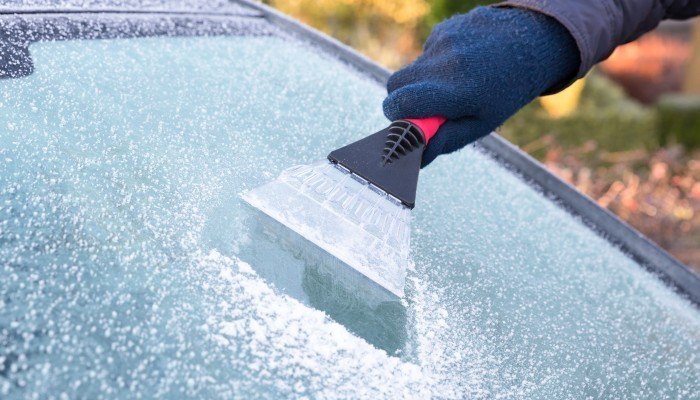 The good news is that most of these problems can be addressed – particularly if action is taken before the coldest weather sets in.
The good news is that most of these problems can be addressed – particularly if action is taken before the coldest weather sets in.
Here are the ten most common ways the cold weather can affect your car.
1. Battery problems
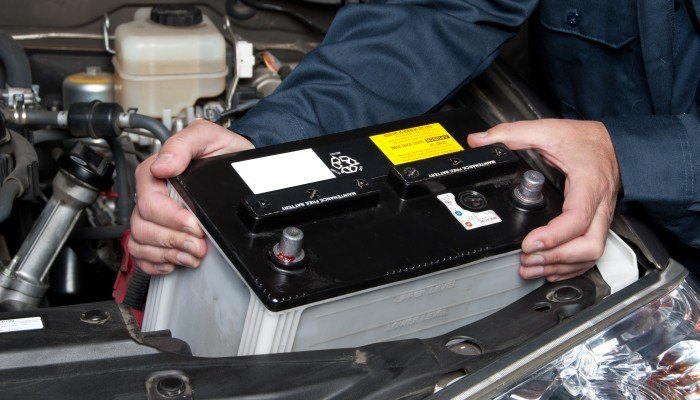
Low temperatures reduce your battery’s ability to hold charge, with a voltage loss of up to 60 per cent at 0 degrees Celsius. What's more, starting your engine can require double the usual current. However, if your battery is in good condition, even sub-zero starts shouldn't be a big problem.
A battery becomes less effective after about three years, so it's a good idea to have yours checked at a garage if it is around this age.
Regularly charging electrical devices from your battery can exacerbate any issues.
Clues that your car battery may cause a breakdown in the future:
- A clicking noise when you turn the ignition
- Slow cranking
- Headlamps are dim when the engine is ticking over, but bright when the engine is revved
- Battery is three years old or more
2. Fluids thicken
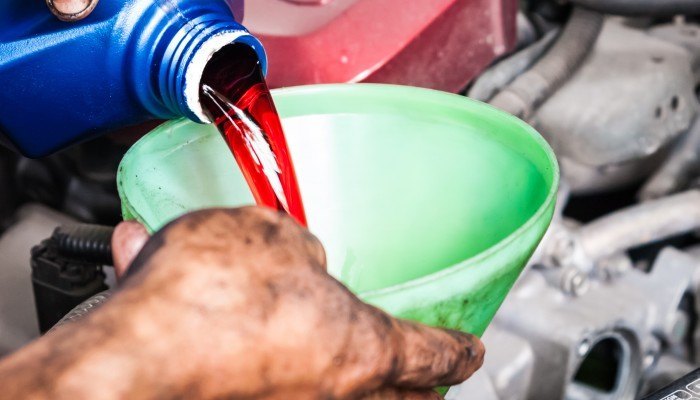
Cold temperatures can make car oil, antifreeze, transmission fluid and other vital vehicle fluids thicken – even with additives designed to prevent it.
When the fluids in your car are thickened they move more slowly – especially dangerous when it comes to transmission fluids which need to move freely in order to maintain performance. Sluggish brake fluid can also reduce your car's braking effectiveness.
Make sure all your fluids are topped up with the correct formula.
3. Problems starting your car engine
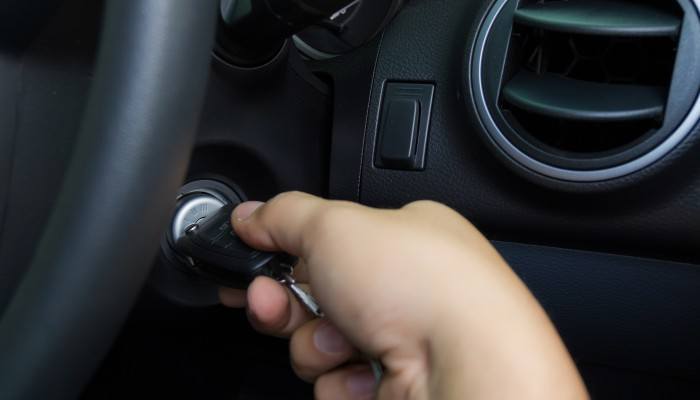
Car engines don't work efficiently in cold weather.
A lot more fuel may be required to start your engine and to keep it from stalling when the weather is cold.
In addition, water vapour can build up in low temperatures, especially if the engine is only run for around half an hour at a time.
It’s a good idea to run the engine for longer periods in order to get rid of accumulated water vapour (which can freeze and crack the engine block).
Be aware that switching on the heating as soon as you get in your car removes much-needed heat from your engine, so try to delay using it.
4. Spark plug problems
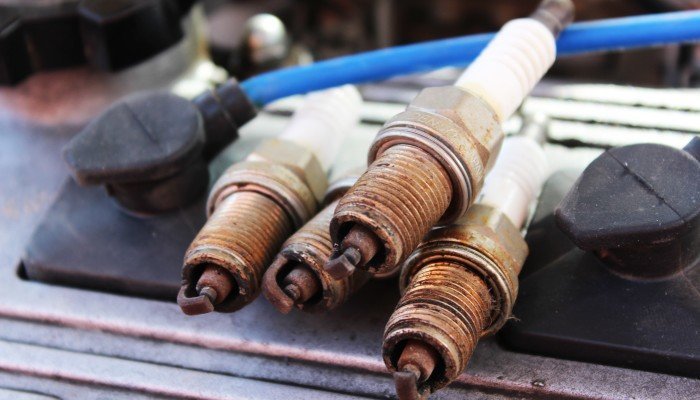
As with other electrical devices in your car, spark plugs can be negatively affected by the cold. Older spark plugs can be especially susceptible to low temperatures.
Check your spark plugs for signs of corrosion and have them replaced if necessary.
5. Windscreen damage
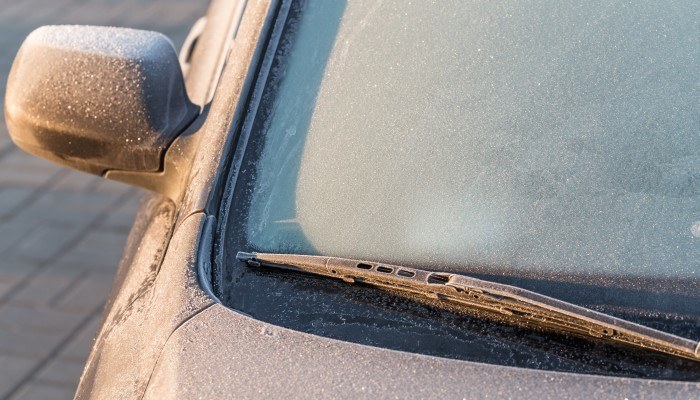
While modern auto windscreens are very durable, cold temperatures still pose a damage risk.
A sudden change in temperature can cause the glass to expand or contract, potentially resulting in a crack.
For this reason you should never wash your windshield with hot water in cold weather. Any pre-existing chips in your windscreen could allow moisture to enter and freeze, resulting in a crack; these should be repaired before the cold weather sets in.
6. Windscreen wipers
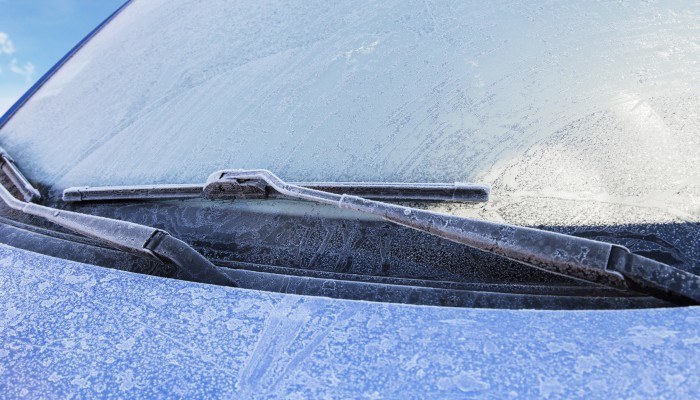
Wipers can be damaged if they freeze to your windscreen, so try to prevent this from happening.
7. Tyre pressure issues

Lower temperatures can cause your tyres to lose pressure – as evidenced by the difference between day and night-time driving.
Be sure your tyres are inflated to the manufacturer’s recommended pressure.
Tyre rubber hardens in cold temperatures, resulting in less grip – especially in all-season tyres.
Winter tyres will give better grip thanks to their softer rubber compound and additional grips – called sipes. However, winter tyres do represent a substantial expense.
8. Fuel consumption increase

Your engine will use more fuel in colder temperatures.
9. Engine block cracks
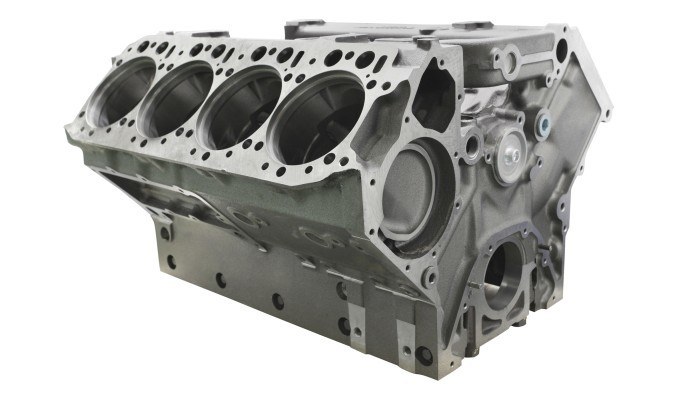
Engine coolant may freeze in sub-zero temperatures, potentially causing cracks in your engine block.
Be sure to use the correct coolant type. Refer to your car manual for guidance or ask your garage for assistance.
10. Salt corrosion

The grit or salt used to melt ice and increase traction on frozen roads is of course crucial for safer winter driving, but it can also adhere to the underside of your car, causing corrosion.
Clean wheel arches, undercarriage and brakes regularly in winter months. Avoid using a cloth, however, as it can scratch your car's paint.




